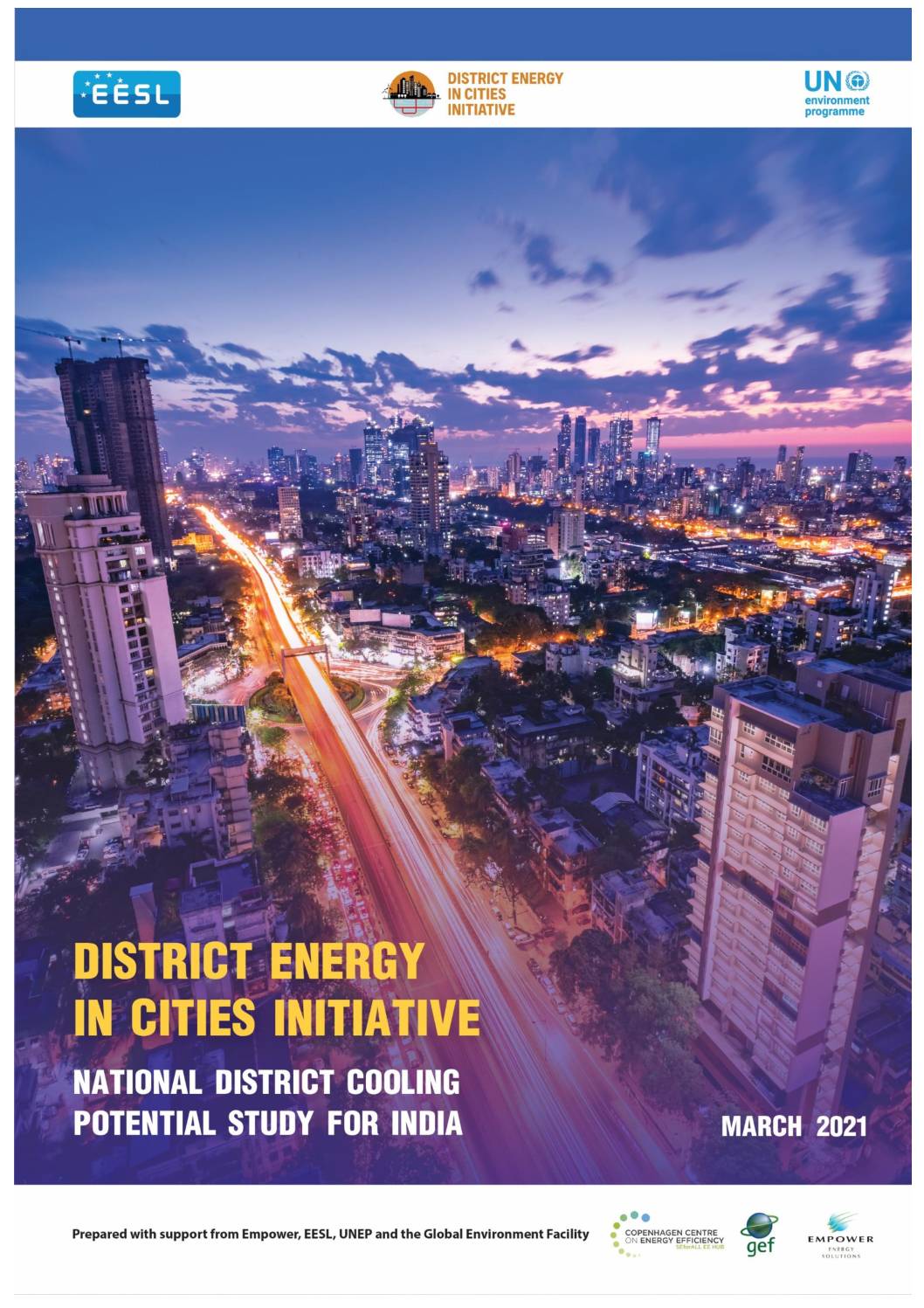India is experiencing a rapid growth in space cooling demand driven by population growth, urbanisation, increasing incomes and rising urban heat. According to the India Cooling Action Plan (ICAP), urbanization and economic growth will increase the commercial floor area by 2.5-3 times and the number of urban households will almost double over the next two decades (2018-2038) (MoEFCC, 2019). Altogether, demand for space cooling in India is expected to increase 11 times over the same period. Rapid increases in demand for cooling in cold chain, transportation and refrigeration are also projected. Building efficiency and design, passive cooling, nature-based solutions, fans and coolers from an environmental perspective should all be promoted before air conditioning. However, the reality of urban and building design in India and rising incomes and urban heat means air conditioning is becoming a necessity for many families and workers in Indian cities.
The Ministry of Power (MoP) through the Bureau of Energy Efficiency (BEE), has initiated a number of energy efficiency initiatives such as standards and labelling of appliances including cooling equipment/appliances, and minimum requirements for the energy-efficient design and construction of buildings (both commercial and residential). The Ministry of Environment, Forests and Climate Change (MoEFCC) set out in the ICAP that through these energy efficiency efforts, energy used for space cooling maybe 30% lower in 2038 compared to business-as-usual. Such efforts would bring widespread socioeconomic and environmental benefits. However, approximately 700 TWh of energy and 80,000 Mt of refrigerants would still be required for space cooling (MoEFCC, 2019). Reducing this demand further and shifting to sustainable energy supply and refrigerants will be crucial to reducing greenhouse gas emissions, building a resilient energy system and improving access to cooling. To help achieve this, ICAP recommends promoting not-in-kind technologies including trigeneration, district cooling system (DCS) and thermal energy storage which should “significantly displace conventional air conditioning systems” in the long term. This report sets out a pathway to achieving this from a technology, finance, policy and regulatory perspective.
Download sourceShare this

Sector: District energy
Country / Region: India
Tags: district cooling, district energy, District Energy in Cities InitiativeIn 1 user collection: Urban Climate Neutrality (India)
Knowledge Object: Publication / Report
Publishing year: 2021
